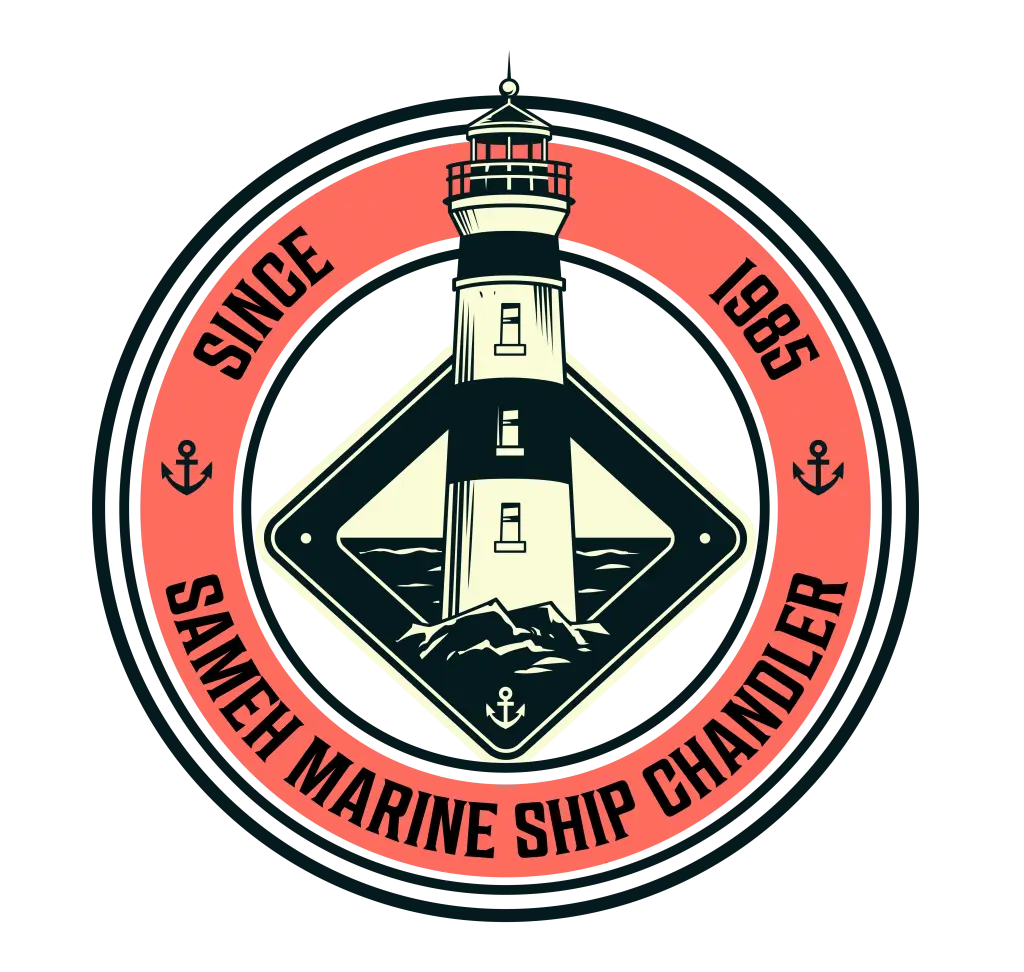Marine equipment plays a pivotal role in the maritime industry, serving as the backbone of vessels’ functionality and safety. From propulsion systems to navigation instruments, every component contributes to the seamless operation of ships at sea. However, the harsh marine environment, combined with the demands of daily use, can lead to wear, corrosion, and eventual deterioration of equipment. In this comprehensive guide, we will delve into the importance of extending the lifespan of marine equipment, Reconditioning Spare Parts, and exploring effective strategies to ensure longevity at sea.
Understanding the Lifespan of Marine Equipment
Marine equipment encompasses a diverse array of components, each with its unique lifespan and maintenance requirements. Propulsion systems, such as engines and propellers, are subjected to high levels of stress and wear during operation, which can affect their longevity. Similarly, navigation instruments, communication devices, and safety equipment must withstand harsh environmental conditions, including saltwater exposure and temperature fluctuations. Understanding the lifespan of marine equipment involves evaluating factors such as material durability, manufacturing quality, and usage intensity.
Importance of Extending Lifespan
Extending the lifespan of marine equipment is paramount for maintaining maritime operations’ reliability, safety, and efficiency. By prolonging the usability of equipment, shipowners can reduce operational costs associated with frequent replacements and repairs. Moreover, reliable equipment enhances vessel performance and minimizes the risk of downtime or accidents at sea. From cargo ships to passenger vessels, ensuring the longevity of marine equipment is essential for the sustainability and success of maritime enterprises.
Strategies for Extending Lifespan
1. Regular Maintenance
Routine maintenance is the cornerstone of extending the engine parts and lifespan of marine equipment. Scheduled inspections, cleaning, lubrication, and preventive maintenance measures are essential for detecting and addressing potential issues before they escalate. Ship crews should be trained to perform routine checks and follow manufacturer guidelines for equipment upkeep. By investing in proactive maintenance, shipowners can maximize the lifespan of their equipment and minimize the risk of unexpected failures.
2. Proper Usage
Proper operation and handling of marine equipment are critical for preserving its lifespan. Ship crews must adhere to operational guidelines and best practices to prevent unnecessary wear and damage. Overloading, improper storage, and rough handling can accelerate equipment deterioration and lead to premature failure. By promoting a culture of responsible usage and maintenance onboard vessels, shipowners can ensure the longevity of their equipment and optimize operational efficiency.
3. Upgrades and Retrofitting:
Upgrading or retrofitting older equipment with modern components or technologies can extend its lifespan and enhance performance. Advancements in materials, design, and manufacturing processes offer opportunities to improve equipment durability and reliability. From retrofitting energy-efficient systems to installing corrosion-resistant coatings, shipowners can leverage innovations to prolong the usability of their equipment. By staying abreast of technological advancements, vessels can remain competitive and sustainable in the ever-evolving maritime industry.
Technological Advancements and Innovations
Technological advancements continue to revolutionize the marine equipment industry, offering innovative solutions for lifespan extension and performance optimization. Advanced materials such as composites and alloys provide superior durability and corrosion resistance, ensuring the longevity of critical components. Furthermore, predictive maintenance technologies, such as condition monitoring systems and remote diagnostics, enable proactive equipment management and early detection of potential issues. By harnessing the power of technology, shipowners can maximize the lifespan of their equipment and streamline maintenance operations.
Challenges and Limitations
Despite the benefits of extending the lifespan of marine equipment, shipowners may encounter challenges and limitations, including sourcing reconditioned engine parts for ships. However, with the right strategies, durability and reliability at sea are achievable. Budget constraints, technical complexities, regulatory compliance, and compatibility issues are common hurdles that require careful consideration and planning. Overcoming these challenges necessitates collaboration between stakeholders, investment in research and development, and adherence to industry standards and best practices.
Environmental Considerations
Extending the lifespan of marine equipment aligns with environmental sustainability goals by reducing resource consumption and waste generation. Sustainable practices such as recycling, repurposing, and eco-friendly materials use contribute to minimizing the industry’s environmental footprint. Additionally, energy-efficient equipment designs and alternative fuel solutions promote cleaner and greener maritime operations. By integrating environmental considerations into equipment lifecycle management, shipowners can support the preservation of marine ecosystems and mitigate the impact of maritime activities on the planet.
Case Studies and Success Stories
Real-world examples showcase the effectiveness of lifespan extension efforts in maritime operations and highlight the positive outcomes achieved by adopting proactive maintenance practices and innovative solutions. Case studies of vessels or organizations that have successfully extended the Lifespan of Marine Equipment provide valuable insights and inspiration for industry stakeholders. From retrofitting aging fleets to implementing predictive maintenance programs, these success stories demonstrate the tangible benefits of prioritizing equipment longevity in the maritime industry.
Conclusion
In conclusion, extending the lifespan of marine equipment is essential for ensuring the reliability, safety, and sustainability of maritime operations. By implementing proactive maintenance practices, leveraging technological advancements, and embracing environmental considerations, shipowners can maximize the usability of their equipment and optimize vessel performance. From reducing operational costs to minimizing environmental impact, lifespan extension efforts contribute to the long-term success and resilience of the maritime industry.
Ready to extend the lifespan average of your marine equipment and elevate your vessel’s performance? Contact us today to explore innovative solutions, maintenance services, and upgrade options tailored to your needs. Let’s collaborate to ensure longevity at sea and propel the maritime industry towards a sustainable and prosperous future.
